Things to do for Chinese New Year in Hong Kong
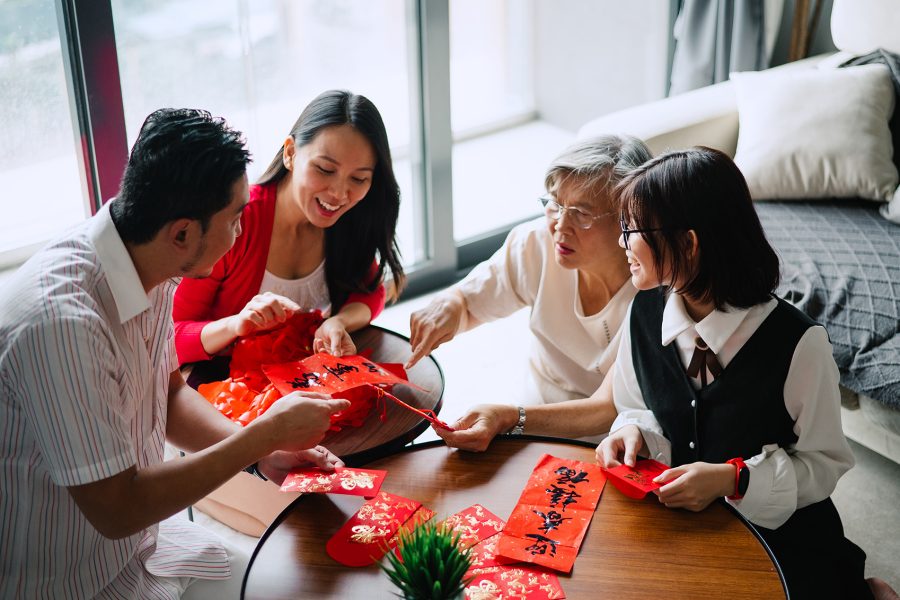
Among all of Hong Kong’s holidays, Chinese New Year is the most important for locals and the Chinese diaspora. Celebrating the beginning of a new year according to the lunar calendar, it takes place sometime between late January and mid-February, and involves ushering in days-long festivities that centre around family and fortune.
The origins are unclear – one story says that people began offering animals to the gods at the beginning of spring, in the hopes of a prosperous year ahead. During Chinese New Year in Hong Kong, people enjoy special dishes believed to bring good fortune, fill their homes with fresh flowers and carry out other auspicious rituals.
Visits among relatives typically take place throughout the new year period. One of the most famous traditions is handing out lai see – red packets containing money, which married people are meant to give to younger, unmarried family, friends and acquaintances. It’s believed to bring good luck to the giver and the recipient.
While the holiday lasts about 15 days from the first day of the lunar month, Chinese New Year in Hong Kong is chiefly celebrated during the first three days, which are public holidays.
As we welcome the Year of the Snake, which starts on 29 January 2025, we’ve curated a guide below to the important traditions you should know and the best things to do, eat and see in Hong Kong during the festive period.
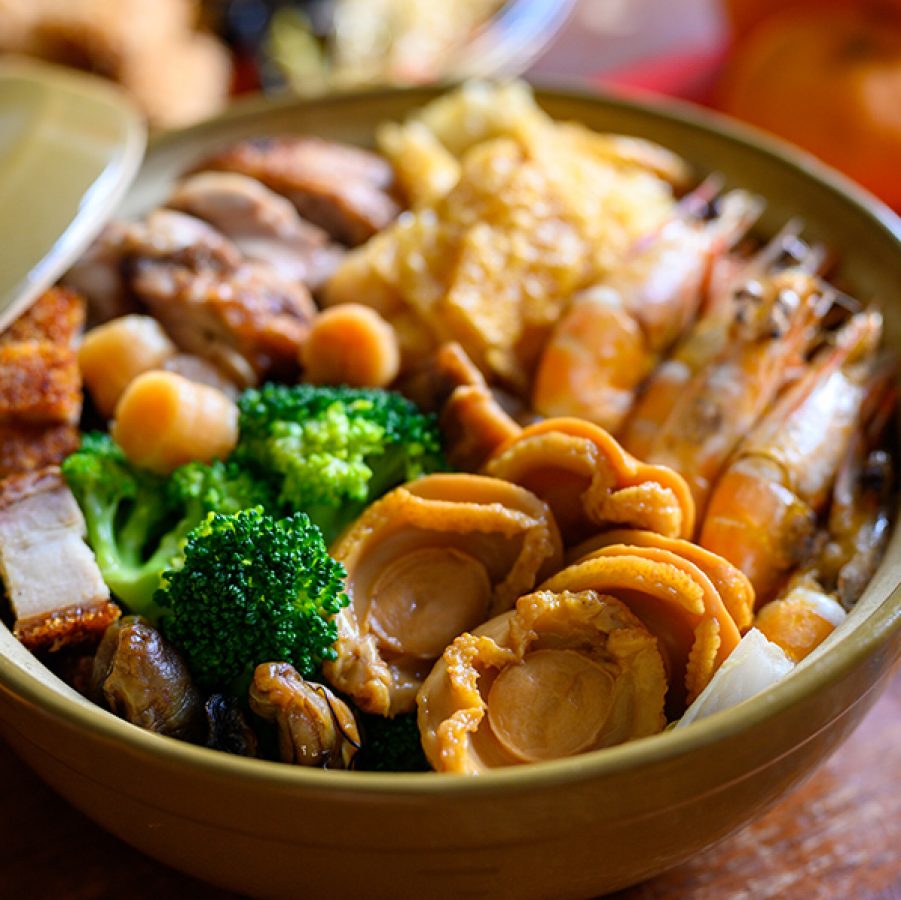
Credit: simon2579/Getty Images
Classic Chinese New Year foods
Poon choi
A family-style southern Chinese dish that is closely associated with the walled villages of the New Territories in Hong Kong, poon choi has become the go-to option for many families during Chinese New Year. Literally meaning “bowl feast”, it’s typically served inside a large basin containing a variety of ingredients, including seafood, meats and vegetables. Head to Ping Shan Traditional Poon Choi in Yuen Long in the New Territories to enjoy the traditional flavours of this delicacy.
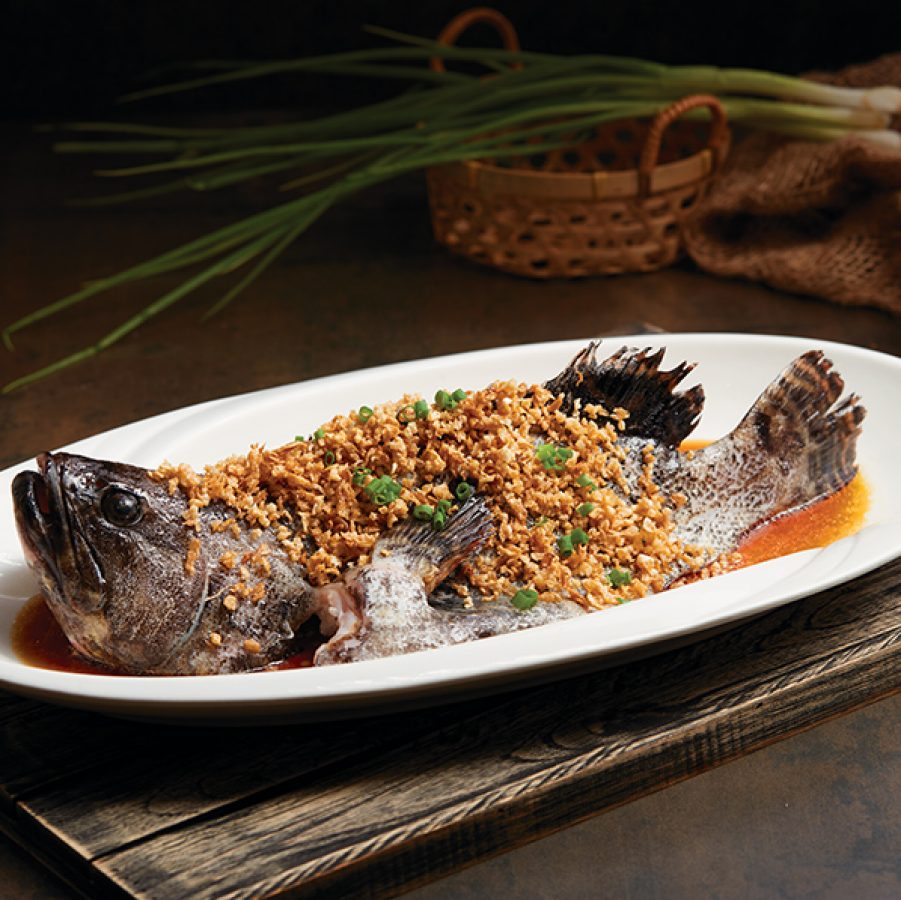
Credit: Waqar Hussain/Getty Images
Fish
No Chinese New Year meal is complete without fish, which symbolises surplus and fortune. Most Cantonese restaurants – especially those with seafood tanks – will have steamed or braised fish on the menu. For a taste of casual, homestyle cooking, try Ho Choi Seafood Restaurant, a chain that’s popular with local families.
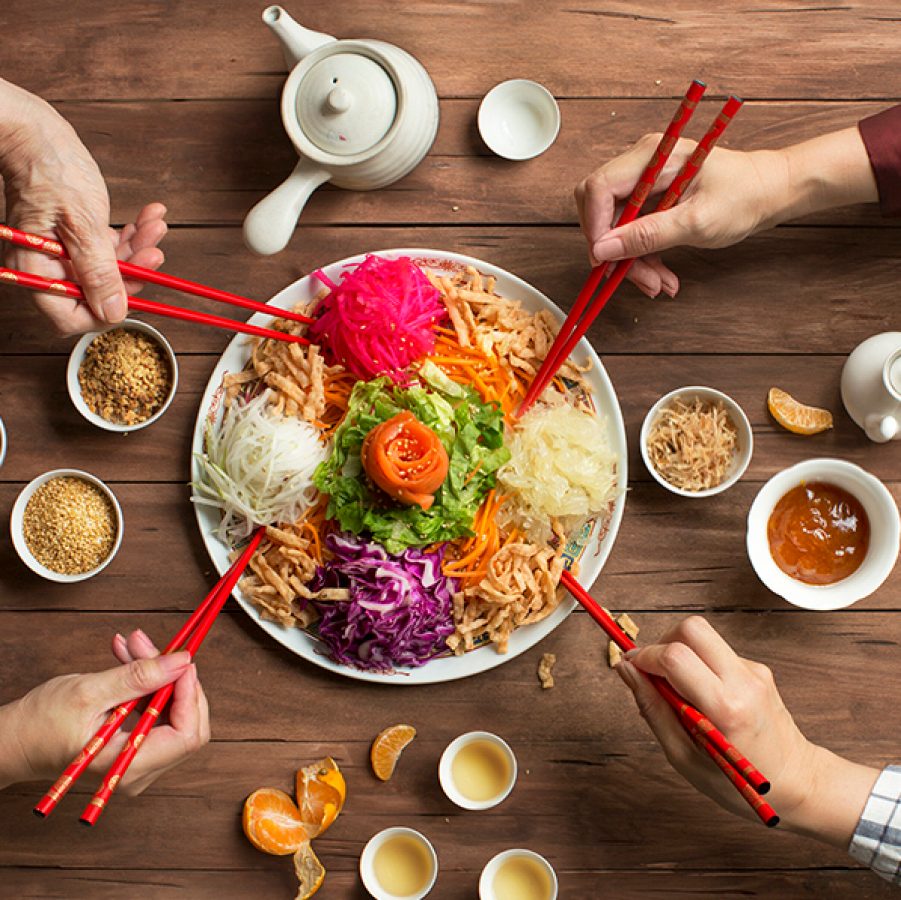
Credit: twomeows
Lo hei
Originating from Southeast Asia, lo hei – which literally means “toss high” and is also known as “prosperity toss” – has gained popularity in Hong Kong in recent years during Chinese New Year. It’s a raw fish salad that consists of shredded vegetables and raw salmon. Diners gather around the lo hei and toss it with their chopsticks altogether, aiming as high as possible – an act that symbolises prosperity.
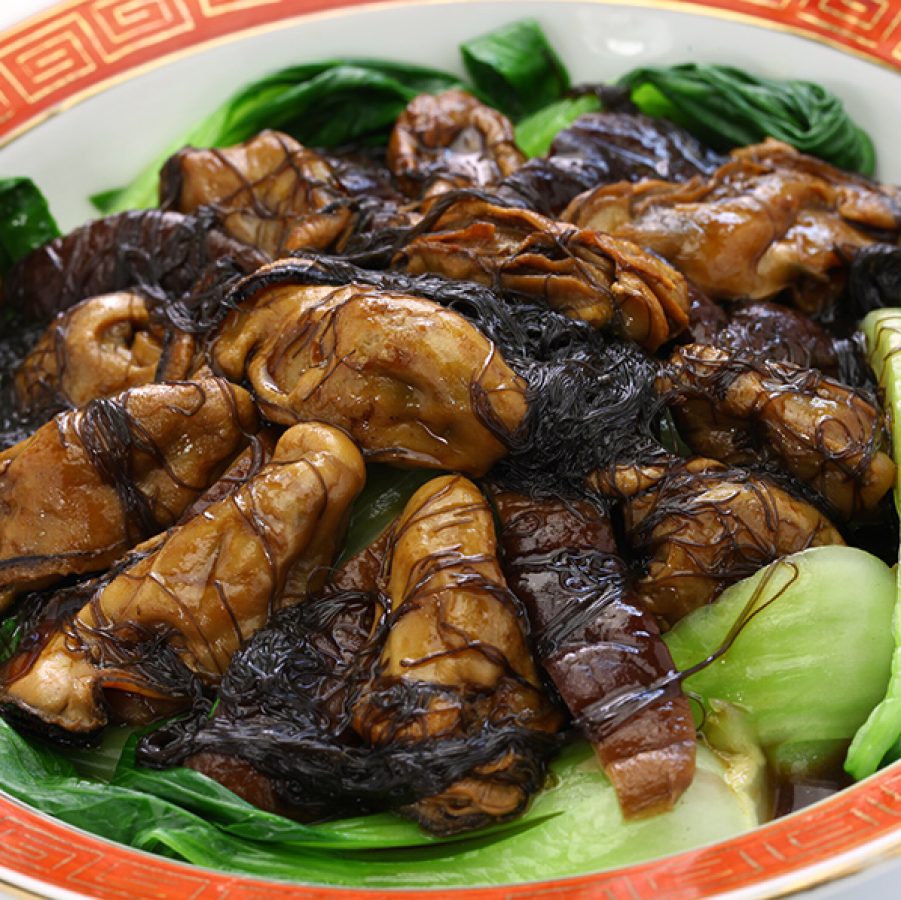
Credit: bonchan/Getty Images
Sea moss
The Cantonese name for this delicacy, fat choy, is a homophone of the phrase “strike it rich”. A prized ingredient that’s become increasingly hard to come by, sea moss is primarily sold in dried seafood shops like those around Des Voeux Road West and Wing Lok Street in Sheung Wan. Families prepare it at home as part of a Chinese New Year meal.
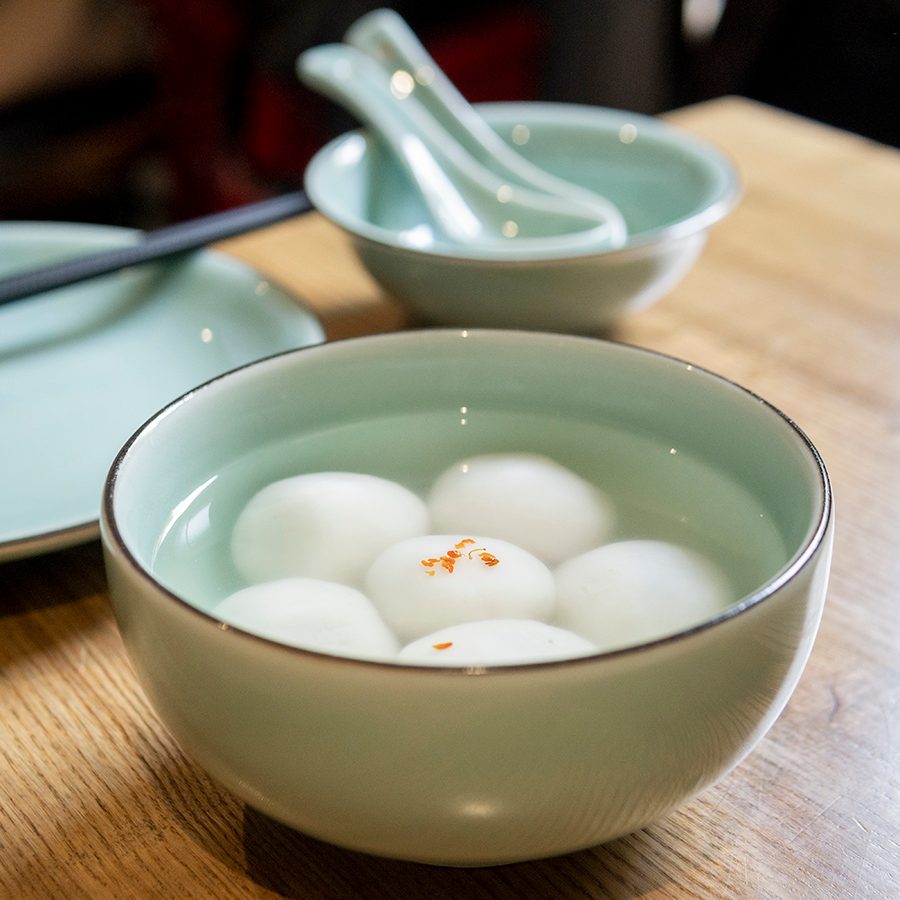
Credit: VivianG/Getty Images

Credit: insjoy/Getty Images
Glutinous rice balls
Symbolising union and togetherness, these sticky sweet treats, or tong yuen, are usually stuffed with sweet bean paste or sesame paste. One of Hong Kong’s most famous spots for them is Kai Kai , where Ningbo-style glutinous rice balls with sesame filling, served in a ginger broth, are a signature. Expect to wait in line: Kai Kai has a Bib Gourmand recommendation in the Michelin guide.
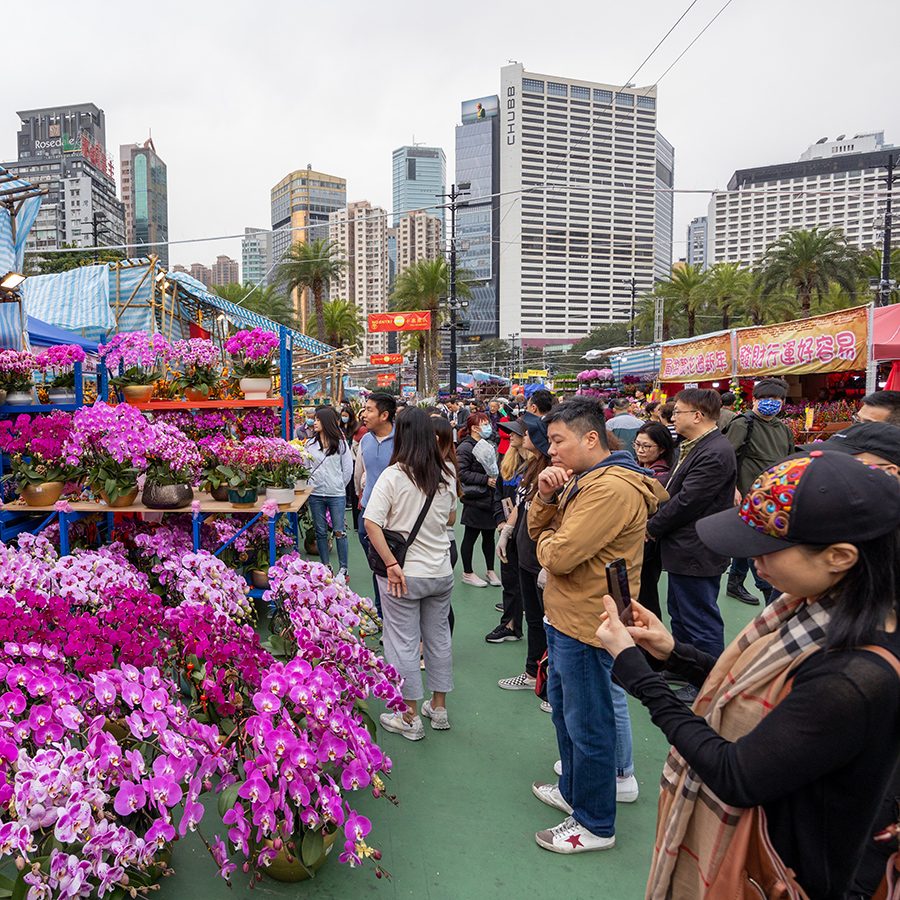
Credit: winhorse/Getty Images
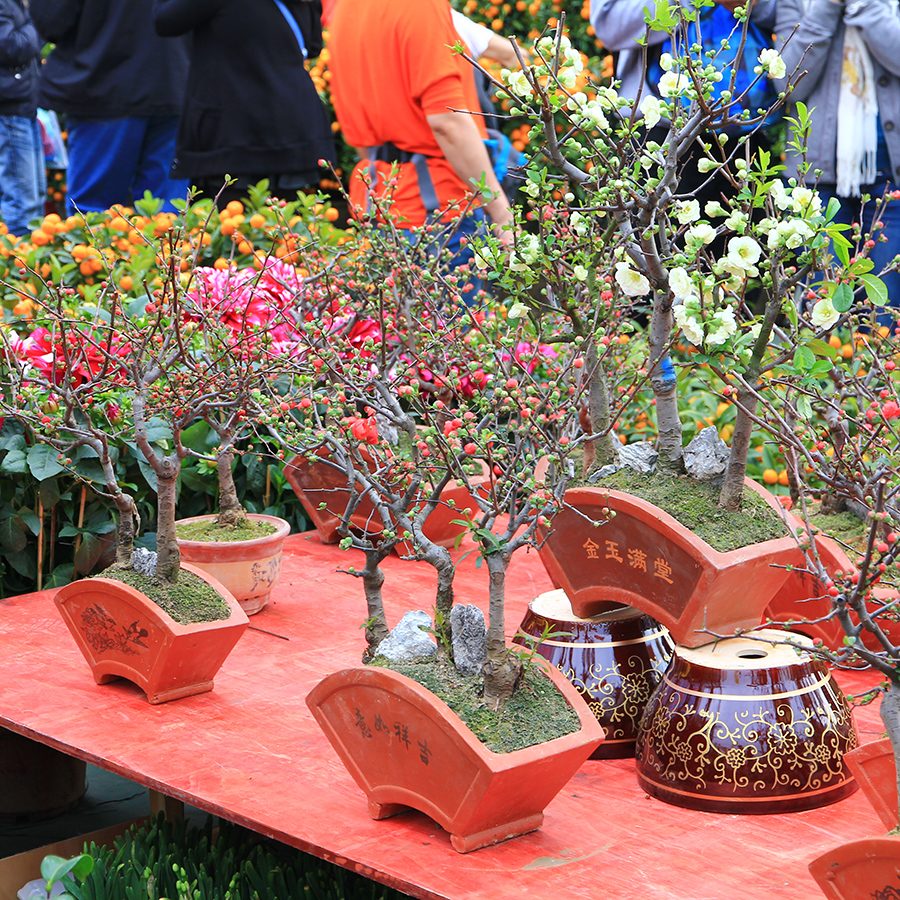
Credit: simon photos/Getty Images
Celebrating Chinese New Year in Hong Kong
Flower markets
Come Chinese New Year, floral decorations appear at just about every corner in Hong Kong. Orchids, peach blossoms and pussy willows are among the blooms believed to bring luck and prosperity. Numerous Chinese New Year flower markets spring up across the city – one of the largest and most popular is held at Victoria Park in Causeway Bay.
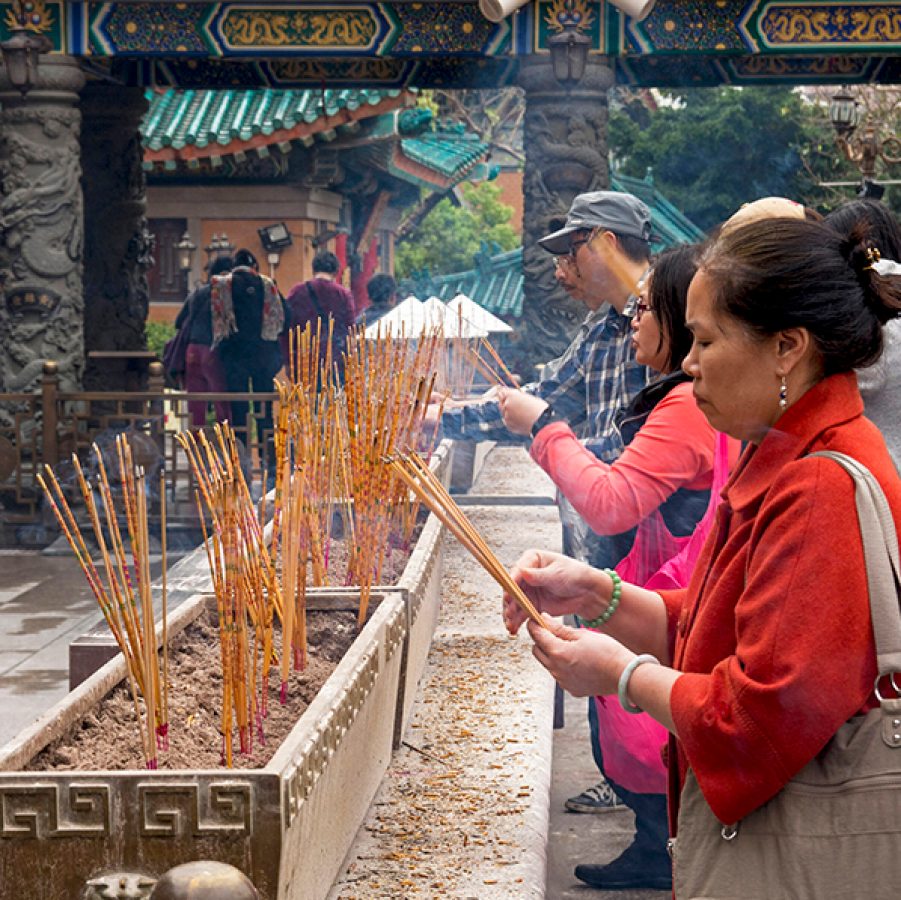
Credit: Tapsiful/Getty Images
Temple visits
For many, the third day of Chinese New Year in Hong Kong is normally spent visiting a temple. Wong Tai Sin Temple is an important site for Buddhists, Taoists and Confucianists; worshippers present their prayers in the kau cim tradition of shaking a cylinder full of fortune-telling sticks, a sight that visitors may find fascinating to witness. At Che Kung Temple in Sha Tin, locals wait their turn to spin the fan-bladed wheel of fortune.

Credit: Matt Leung/Getty Images
Hikes
Hongkongers often hit the hiking trails during public holidays, and Chinese New Year is no exception. If anything, it’s the perfect time to hike as the weather is usually cool and crisp. Many trails require heading up a mountain – in other words, aiming high in the new year. Take your pick among these easy and more challenging Hong Kong hikes.

Credit: Hong Kong Jockey Club
Horse races
Horse racing is a passion in Hong Kong, and crowds normally flock to Sha Tin Racecourse for the annual Chinese New Year Race Day. You can look forward to trackside entertainment as well – with a traditional lion dance, live music and entertainment, interactive games, themed photo spots and delicious festive dishes.
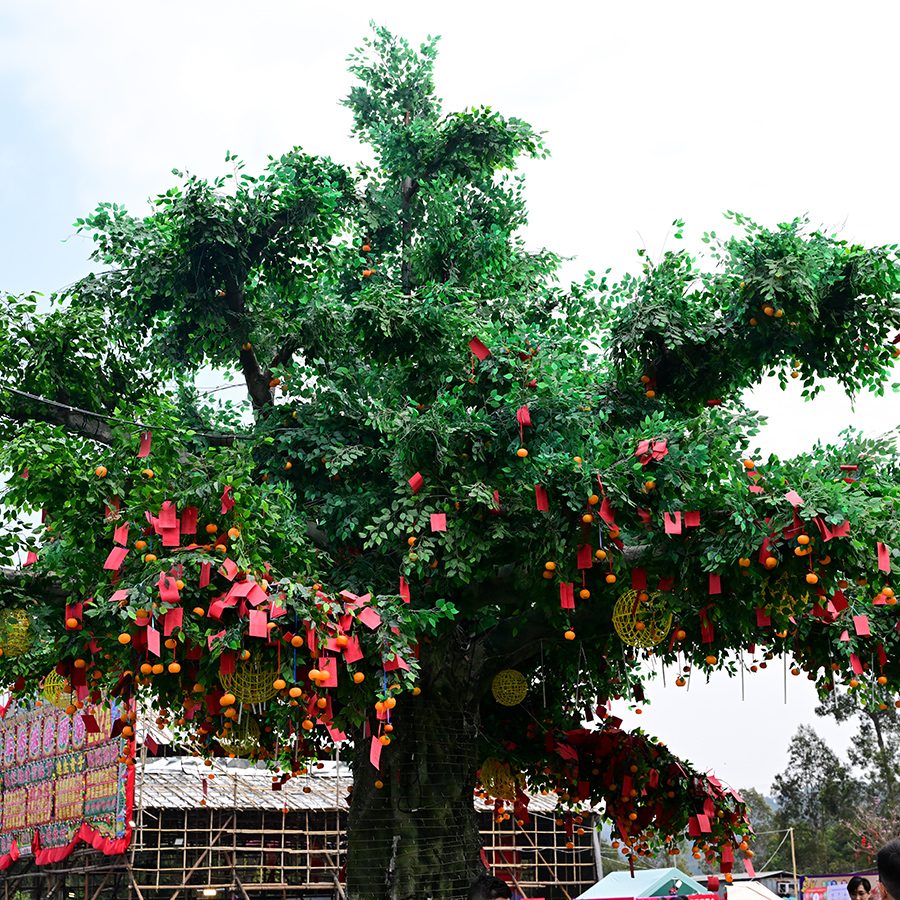
Credit: josephmok/Getty Images

Credit: Lee Yiu Tung/Getty Images
Wishing trees
Write a wish on joss paper and tie it to one of the Lam Tsuen Wishing Trees, and your wish will come true – or so goes the legend. That’s why, on a typical Chinese New Year’s Day, thousands gather at the New Territories village of Lam Tsuen and attach joss wishes to wooden racks.
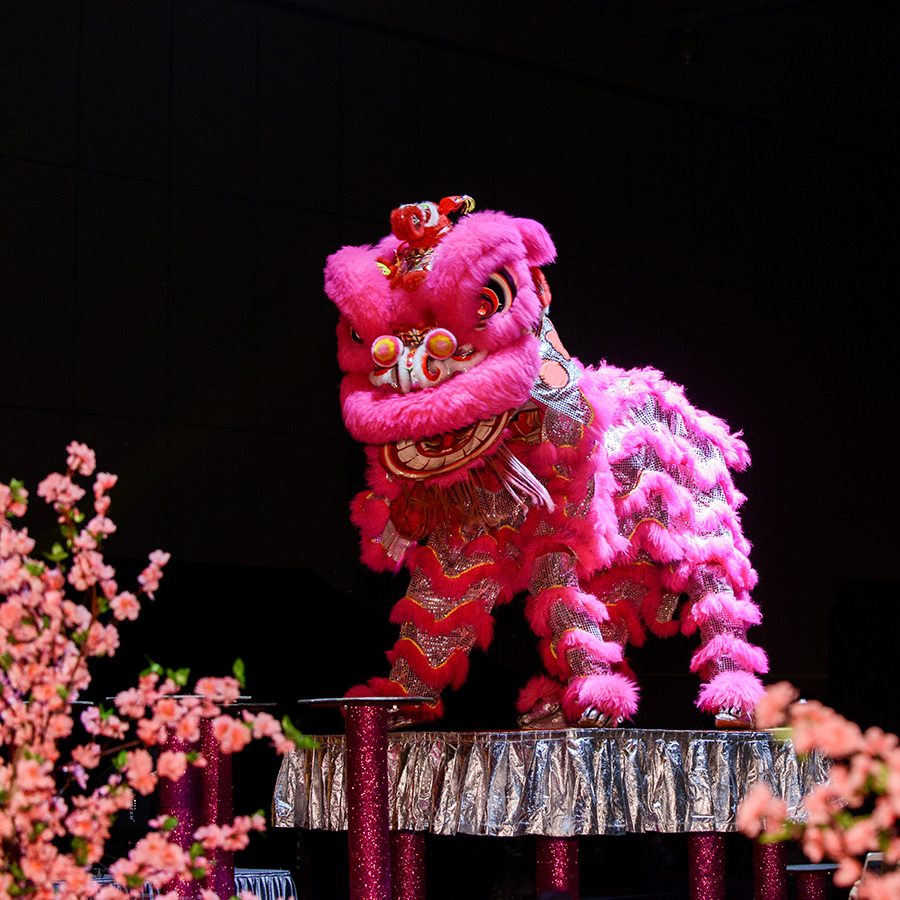
Credit: ADDAworkshop/Getty Images

Credit: Lewis Tse Pui Lung/Getty Images
Dragon and lion dances
Comprised of teams of dancers, these lively performances see colourful intricate dragon or lion heads dancing to the clash of cymbals, gongs and drums. This tradition is thought to banish evil spirits and ensure good luck and prosperity for the coming year.
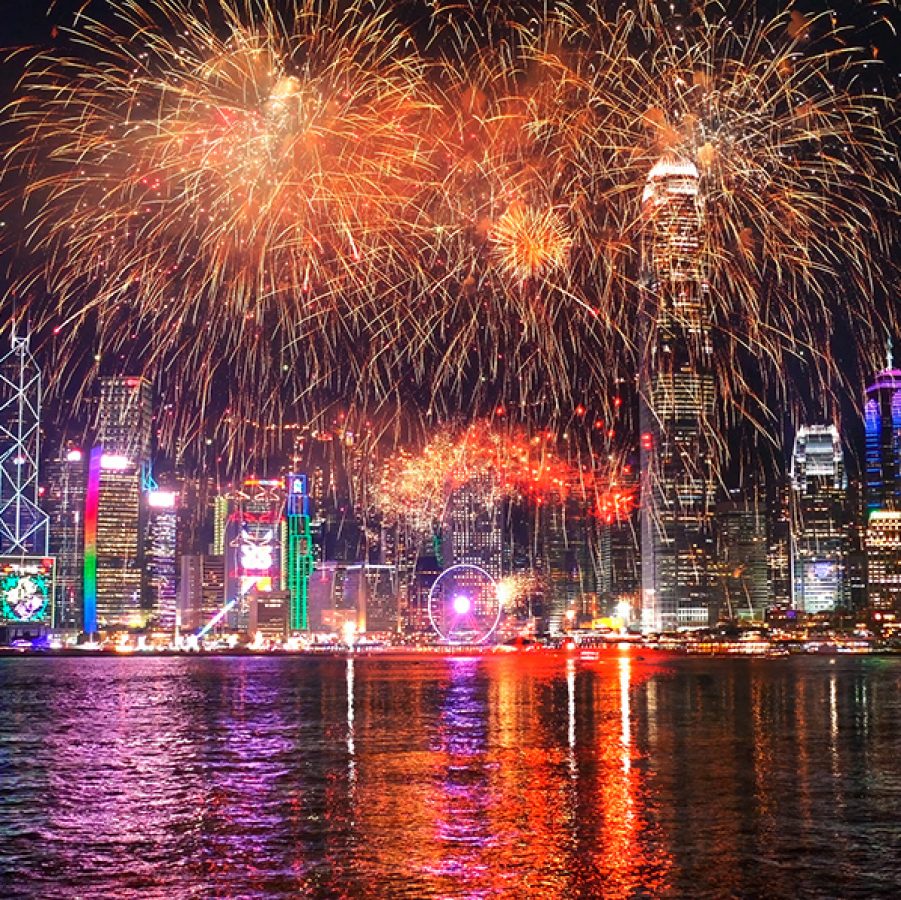
Credit: Mik122/Getty Images
Chinese New Year fireworks
Held on the second day of Chinese New Year, this spectacular display kicks the year off with a bang. With thousands of people competing to nab the best viewing spots along both sides of the Victoria Harbour – including the Avenue of Stars, Tamar Park and West Kowloon Art Park – be sure to head over early for a front-row seat.
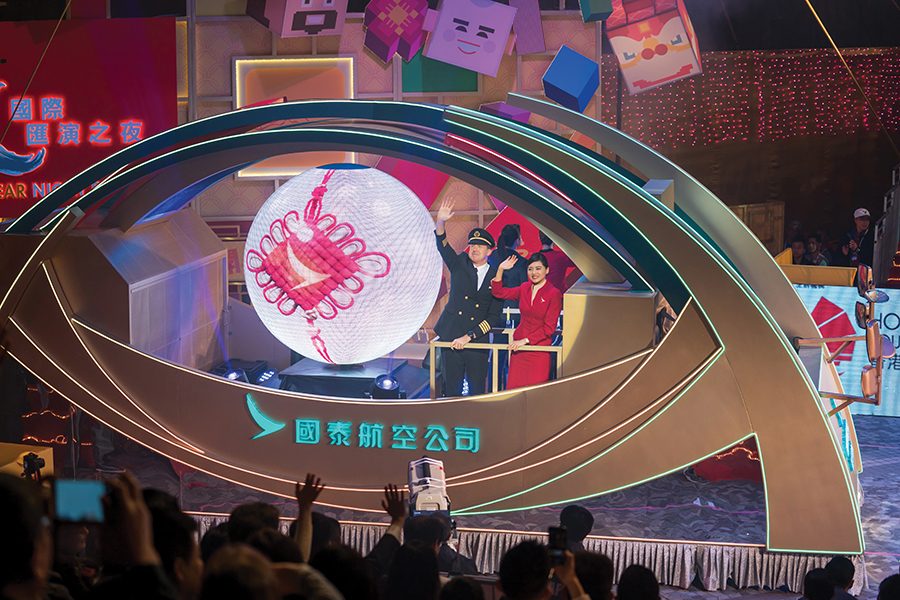
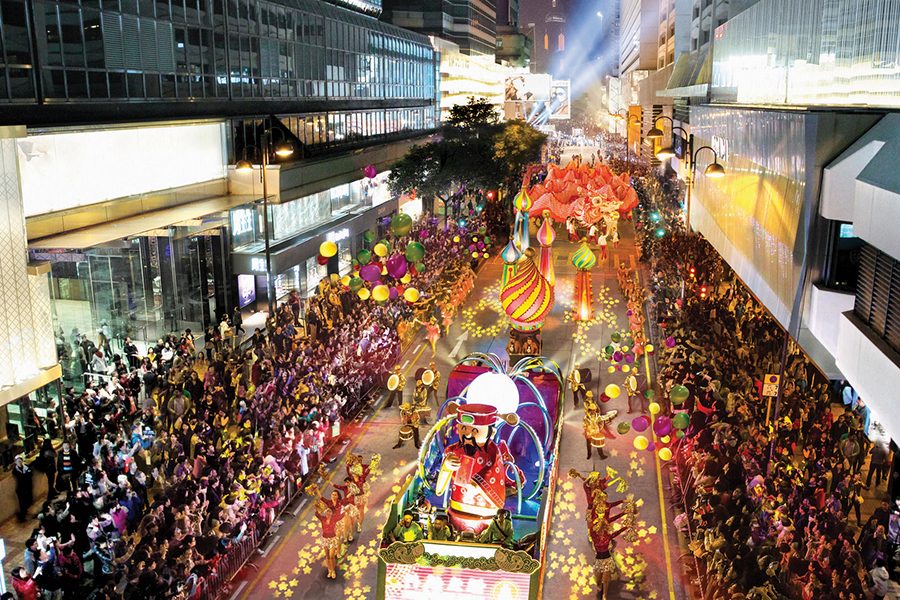
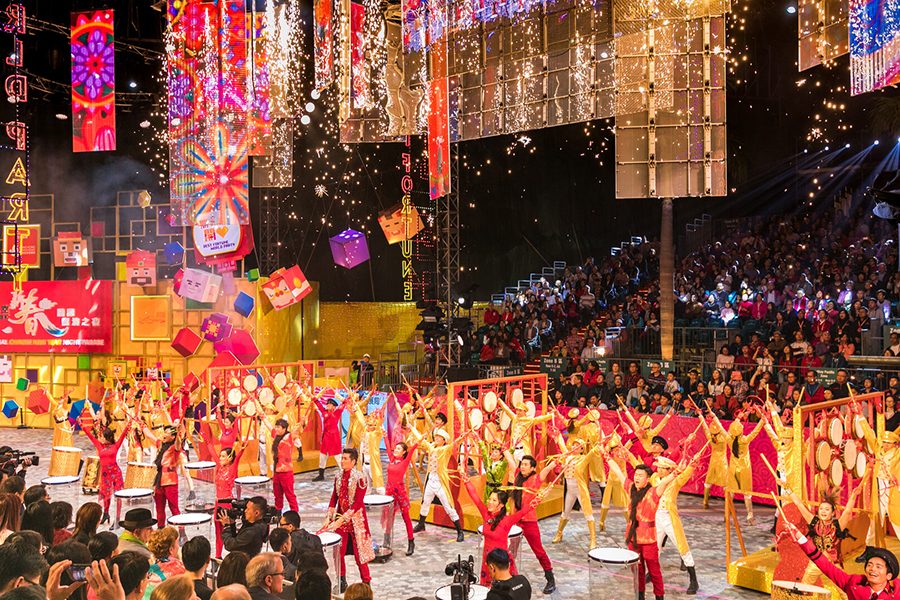
Chinese New Year Night Parade
An annual tradition since 1996, this parade highlights local talent and brings communities together. In 2024, the Cathay International Chinese New Year Night Parade took place on the first day of Chinese New Year, bringing the streets of Tsim Sha Tsui to life with nine floats and 29 performing groups. 2025 promises better still.
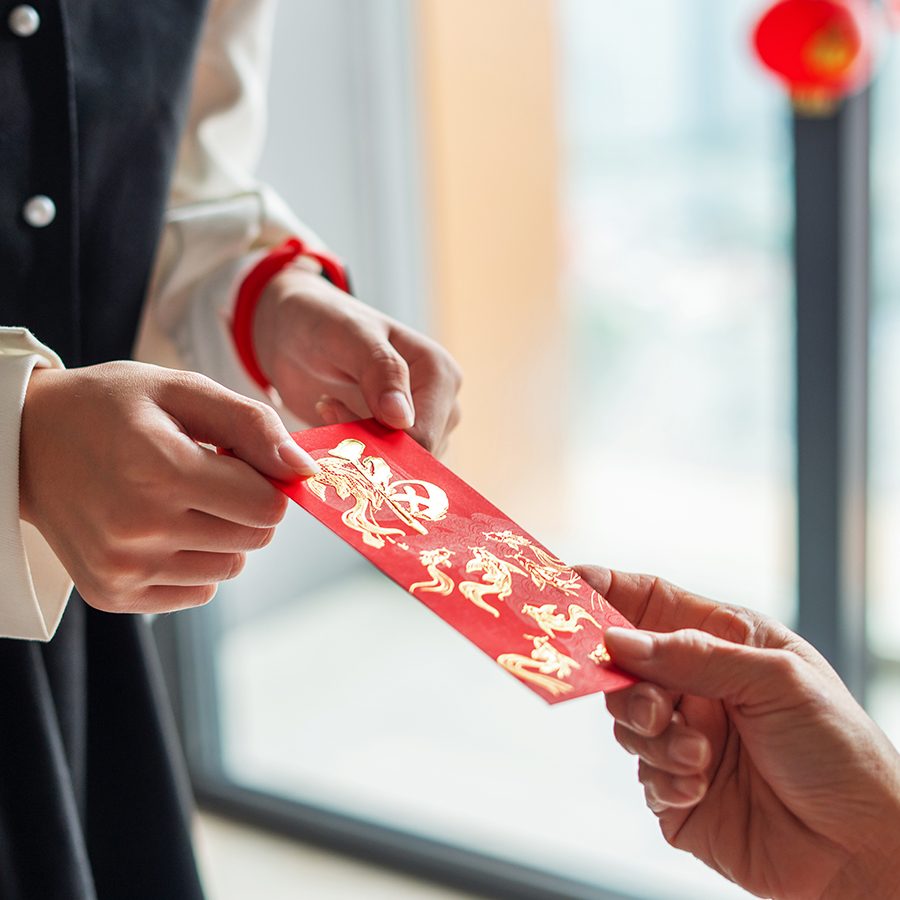
Credit: gahsoon/Getty Images
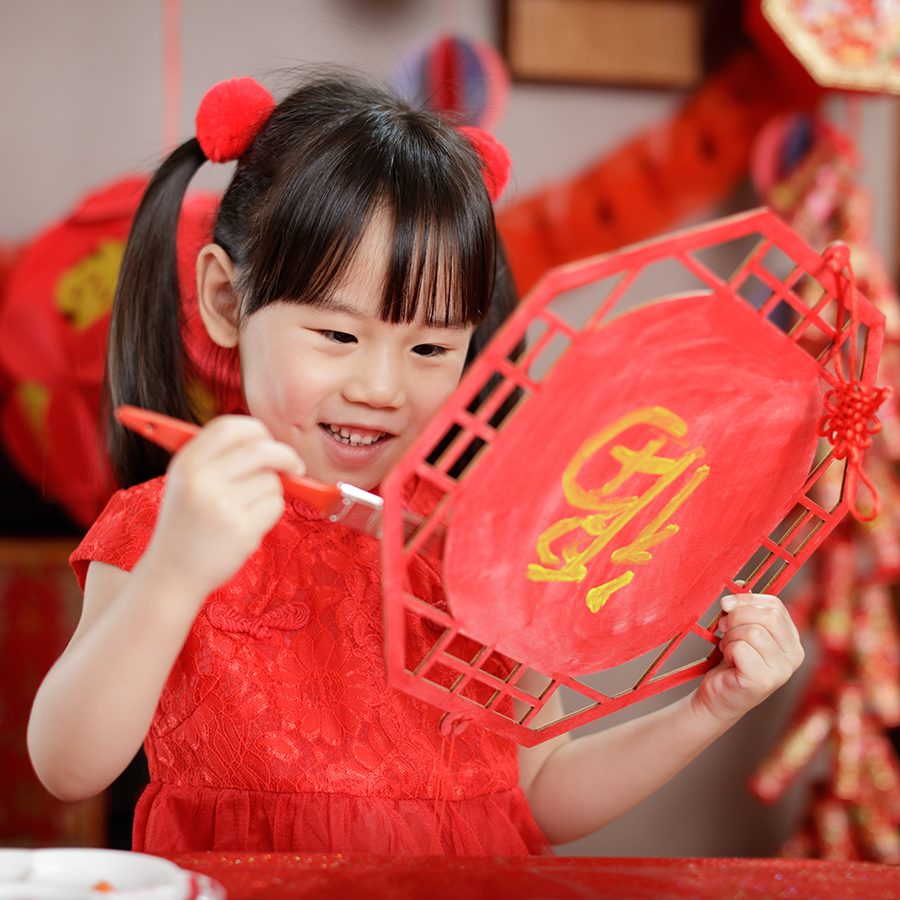
Credit: EyeEm Mobile GmbH/Getty Images
Chinese New Year etiquette
Don the colour red, which is believed to bring good luck.
Give out red lai see packets to those who provide you with service, such as door and security staff and office cleaners, as a gesture of goodwill.
Be gracious in accepting red packets or servings of food from elders.
Avoid discussing bad news or using words associated with misfortune, such as death.
Don’t clean or cut your hair on the first day of Chinese New Year – this is believed to wash your good fortune away.
Don’t clean your home during the first three days, as it will similarly “sweep away” your fortune. Instead, many locals do their spring cleaning two days beforehand.
This story was originally published in October 2019 and updated in January 2025.
More inspiration
Hong Kong travel information
- China – the Chinese Mainland, Hong Kong SAR, Macao SAR and Taiwan Region
- Hong Kong SAR - English
- Chinese Mainland (China) - English
- Taiwan, China - English
- 香港特別行政區 - 繁體中文
- 中国內地 - 简体中文
- 中國台灣 - 繁體中文
- Africa
- South Africa - English
- Asia
- Bangladesh - English
- Korea - English
- Singapore - English
- Cambodia - English
- 한국 - 한국어
- Sri Lanka - English
- India - English
- Malaysia - English
- Thailand - English
- Indonesia - English
- Maldives - English
- ประเทศไทย - ภาษาไทย
- Indonesia - Bahasa Indonesia
- Myanmar - English
- Vietnam - English
- Japan - English
- Nepal - English
- Việt Nam - tiếng Việt
- 日本 - 日本語
- Philippines - English
- Australasia
- Australia - English
- New Zealand - English